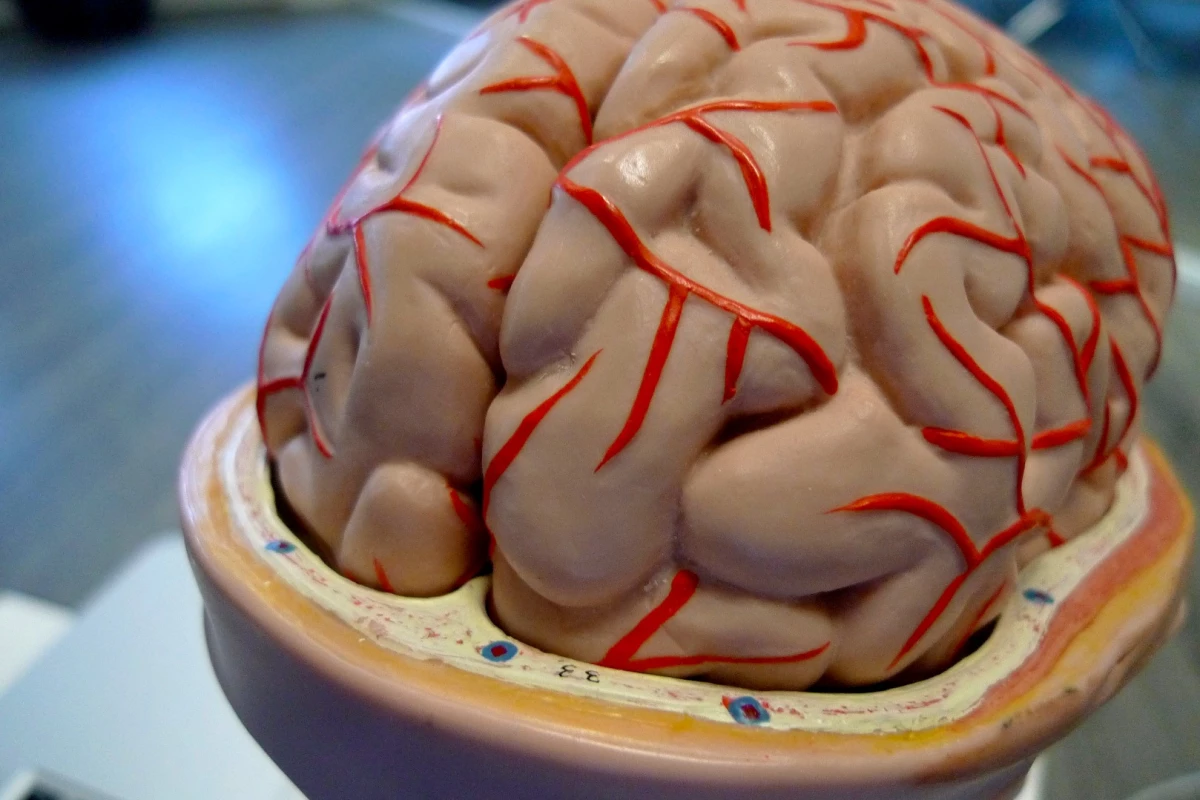A team of researchers from the StanfordUniversity School of Medicine has identified key areas of the humanbrain that, under stimulation, could make a person more susceptible to hypnosis. Clinical Hypnosis represents a valuable tool tophysicians, and is gaining respectability as an alternative treatmentoption for dealing with chronic pain, addiction, and anxiety ortrauma.
"Hypnosis is the oldest Western formof psychotherapy, but it's been tarred with the brush of danglingwatches and purple capes," states David Spiegel MD, professor andassociate chair of psychiatry and behavioral sciences at StanfordUniversity. "In fact, it's a very powerful means of changing theway we use our minds to control perception and our bodies."
Previous studies that involved scanningthe brain of an individual under the influence of hypnosis have focusedon the altered state's control over, for example, a patient's ability to feel pain, or howit affects their vision, and overall perception. The new study aimedto identify the regions of the brain that behave and communicate differently as a result of the hypnotic state itself, rather than its effect on other brain functions.
In order to detect the hallmarks of hypnosis, the team used functional magnetic resonance imaging, which essentially works by tracking the flow of blood to analyze localized brain activity. The researchers observed the brain activity of 57 patients as they were subjected to the altered state. The group was composed of 36 individuals who, out of anoriginal pool of 545 participants, scored very highly on tests designed to determine a person's hypnotizability (yes it is a word, we checked), and a further 21 who scored on the low end of the spectrum.
By including individuals who are by andlarge unaffected by hypnosis, the researchers were better able toidentify the brain functions synonymous with the altered state in patients who are considered to be highly susceptible. To help isolate a pattern, thesubjects were scanned while in a state of rest, when asked to recall amemory, and over the course of two separate hypnosis sessions.
Three distinct patterns were isolatedin the brains of individuals susceptible to hypnosis while being subjected to the treatment. First, the team noted a reduction in activity in thedorsal anterior cingulate,which forms part of the brain's salience network.
Elsewhere,there was an increase in connections between the dorsolateral prefrontal cortex and the insula –two parts of the brain that help us to understand what is happeninginside our bodies. The third alteration in brain activity took theform of a reduction in connections between the dorsolateralprefrontal cortex and the default mode network.The researchers suggest that the lack of connection lead to adisassociation between a person's actions and their awareness of said actionsas prompted by their physician.
The team believes that by stimulatingthe aforementioned regions of the brain during a clinical hypnosissession, that even those toward the bottom of the hypnotizabilityscale could be rendered susceptible to the treatment. If theeffectiveness of hypnotic treatment could be supplemented in such away, hypnosis could reduce the number of patients turning to side effect ridden pharmaceuticals for pain and anxiety relief.




